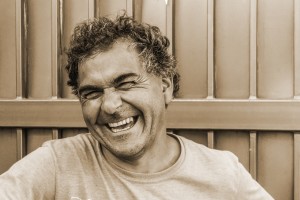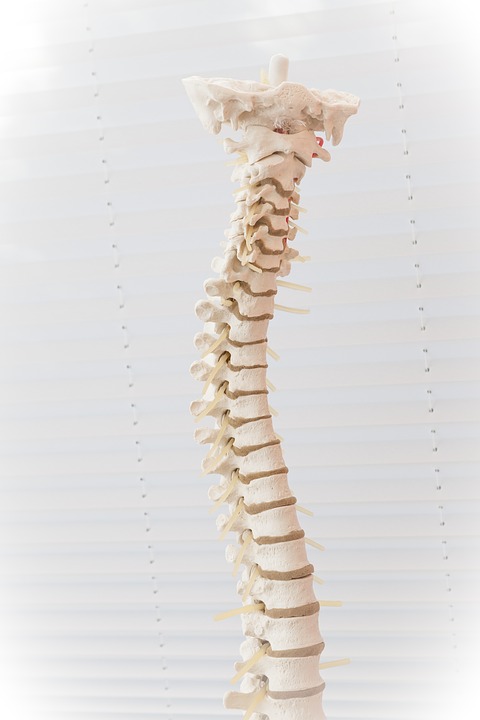Answer: Not only healthier but happier too!
Making chiropractic care a regular part of your life will help you and your family on many levels. Keeping your spine and nervous system free of subluxations (nerve interference) is good for your brain, organs, and entire body and mind.
Studies reveal that people under chiropractic care experience wellness in many areas of their lives. For example, chiropractic patients in two studies reported improved physical and mental/emotional health, better ability to deal with stress and more life enjoyment. (1-2)
Another study revealed that chiropractic patients reported improved physical functioning, less bodily pain, improved general health, greater vitality, better social functioning and improved mental health. (3)
Chiropractic has been especially effective with improving the life of the elderly. In one study of people 75 years of age and older, those under chiropractic care enjoyed better overall health, fewer chronic conditions, less days in nursing homes and hospitals, more mobility and were less likely to use prescription drugs than non-chiropractic patients. 87% of chiropractic patients described their health as excellent compared to just 67.8% of non-chiropractic patients. (4)
What can YOU expect?
Chiropractic care is individualized; the care you receive will be unique for your body and needs and the benefits you receive will be unique for you. Be sensitive to your body and communicate with us – tell us what changes you experience after your visits.
- Marino MJ, Phillippa ML. A longitudinal assessment of chiropractic care using a survey of self-rated health wellness & quality of life: a preliminary study. JVSR. 1999; 3(2):1-9.
- Blanks RHI, Schuster TL. A retrospective assessment of network care using a survey of self-rated health, wellness and quality of life. JVSR. 1997;1(4):1.
- Owens EF, Hoiriis KT, Burd D. Changes in general health status during upper cervical chiropractic care: PBR report. Chiropractic Research Journal. 1998;V(1):9-16.
- Study associates chiropractic with better health in the elderly. Today’s Chiropractic. November/December 1996. Originally published by the Foundation for Chiropractic Education and Research.


















